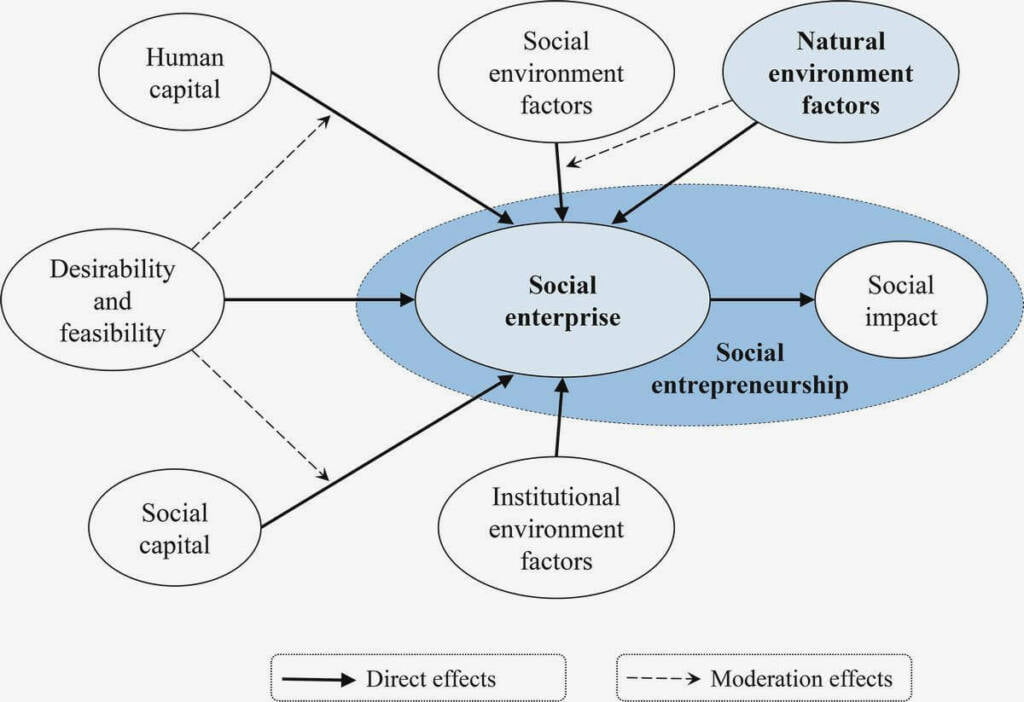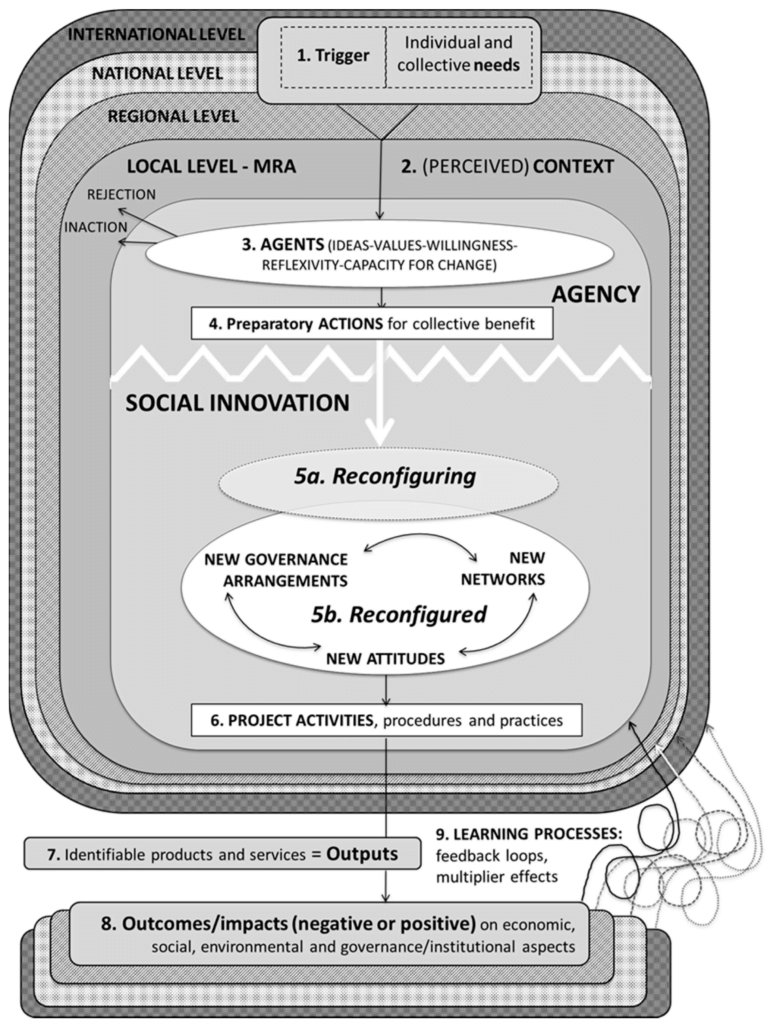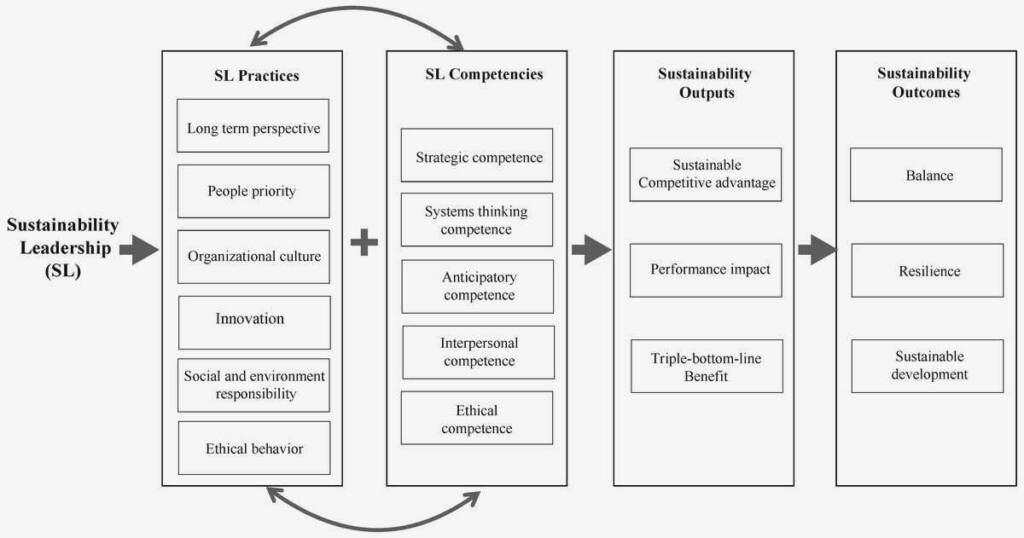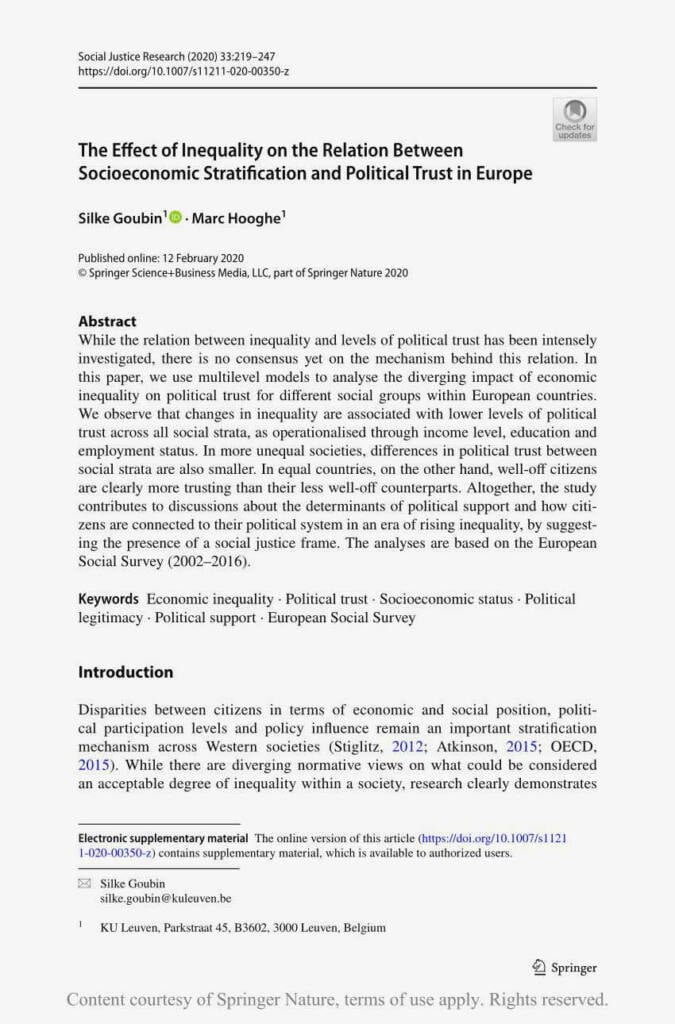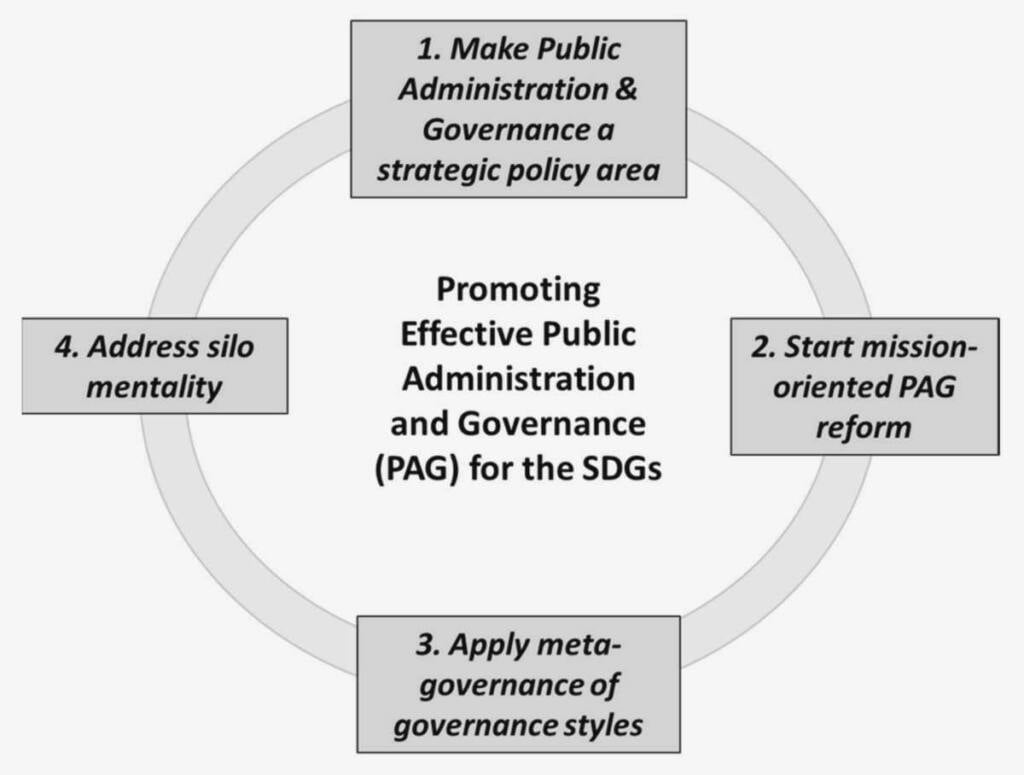Grassroots activism has always played a crucial role in shaping societies and pushing for change. When individuals come together to advocate for a common cause, their collective efforts can lead to profound impact. This article explores the power of grassroots activism by highlighting inspiring stories from civil society advocates around the world.
One such story comes from a group of environmental activists in a small coastal town. Concerned about the increasing pollution and destruction of their local marine ecosystem, these activists mobilized their community to demand stronger environmental regulations and promote sustainable practices. Through their tireless efforts, they not only managed to raise awareness about the issue but also successfully lobbied for stricter regulations that protected their fragile coastal environment.
Another inspiring example of grassroots activism can be found in the fight for gender equality. In many countries, women’s rights activists have organized protests, campaigns, and advocacy initiatives to challenge discriminatory laws and practices. Their relentless pursuit of equality has resulted in significant legal and social reforms, empowering women and creating a more inclusive society.
In the realm of human rights, grassroots activism has also been instrumental in amplifying marginalized voices and fighting against oppression. Activists have worked tirelessly to expose human rights abuses, mobilize public support, and pressure governments to take action. Their efforts have brought attention to atrocities that would otherwise be hidden from the public eye, and have paved the way for justice and accountability.
Overall, these inspiring stories illustrate the immense power of grassroots activism in effecting positive change. By organizing, mobilizing, and advocating for their causes, civil society advocates have proven that even the smallest voice can make a difference. Whether it is protecting the environment, challenging gender norms, or fighting for human rights, grassroots activism has the potential to transform societies and create a better future for all.

The Power of Grassroots Activism:
Grassroots activism has the power to ignite change and shape society. It is a form of activism that originates from the local community and is driven by passionate individuals who are dedicated to making a difference. Through their collective efforts, grassroots activists can raise awareness, mobilize communities, and influence policy making.
One of the key strengths of grassroots activism is its ability to empower marginalized groups and amplify their voices. By mobilizing local communities, grassroots activists can become a powerful force to bring attention to pressing issues and advocate for change. They create platforms for dialogue, foster collaboration between diverse stakeholders, and create spaces for collective action.
Grassroots activism is often characterized by its bottom-up approach, where change begins at the local level and gradually spreads to broader society. By organizing community events, workshops, and campaigns, grassroots activists engage individuals directly and raise awareness about various social, environmental, and human rights issues.
Moreover, grassroots activism can have a lasting impact on society by promoting sustainable development and social justice. Through their tireless efforts, grassroots activists can address systemic inequalities, challenge oppressive structures, and advocate for policies that promote equality and inclusivity.
In conclusion, the power of grassroots activism lies in its ability to mobilize communities, amplify marginalized voices, and advocate for positive change. By focusing on local issues, grassroots activists can create lasting impact and inspire others to take action. The stories of civil society advocates who have dedicated their lives to grassroots activism serve as an inspiration to us all.
Inspiring Stories
Story 1: Empowering Local Communities
In one inspiring story, a group of grassroots activists came together to empower local communities in a rural area. They organized workshops and training sessions to teach people about sustainable farming practices, helping them become self-sufficient and improve their livelihoods. Through their efforts, the community was able to increase food production and reduce their dependence on outside resources, creating a more resilient and sustainable future.
Story 2: Protecting Indigenous Rights
In another remarkable story, a civil society advocate worked tirelessly to protect the rights of indigenous communities. They raised awareness about the importance of preserving traditional cultures and fought against the encroachment of industrial development on indigenous lands. Through peaceful protests and negotiations with government authorities, they were able to secure legal protections for indigenous land rights, ensuring the preservation of their heritage for future generations.
Story 3: Promoting Gender Equality
A group of passionate activists dedicated their efforts to promoting gender equality in their society. They organized campaigns to raise awareness about gender-based violence and worked to change societal attitudes towards women. By advocating for equal opportunities in education and employment, they empowered women and girls to pursue their dreams and contribute fully to their communities. Their inspiring work led to significant advancements in women’s rights and a more inclusive society as a whole.
Story 4: Advocating for Climate Action
In the face of the growing climate crisis, a group of dedicated activists took it upon themselves to advocate for urgent climate action. They organized protests, engaged in international conferences, and raised public awareness about the need to reduce greenhouse gas emissions. Their tireless efforts contributed to the adoption of policies and measures to mitigate climate change, mobilizing communities and governments alike to take concrete actions towards a more sustainable and resilient future.
Story 5: Fighting for Human Rights
One inspiring story highlights the courage and determination of human rights activists fighting against injustice and oppression. They brought attention to cases of arbitrary detentions, torture, and discrimination, shedding light on human rights abuses and advocating for the rights of marginalized communities. Through their efforts, they were able to secure the release of unjustly imprisoned individuals, hold perpetrators accountable, and create a more just and equitable society.
Civil Society Advocates
Civil society advocates are individuals or groups who work towards promoting social change and advocating for the rights and interests of marginalized communities. They play a crucial role in creating awareness, mobilizing resources, and implementing grassroots initiatives to address various social, economic, and political issues.
These advocates often work independently or collaborate with like-minded organizations and individuals to amplify their cause. They use their collective power to challenge policies and systems that perpetuate inequality and discrimination. By engaging in peaceful protests, campaigns, and grassroots movements, civil society advocates strive to bring about positive change in their communities.
One inspiring example of civil society advocacy is the work of environmental activists who fight to protect natural resources and combat climate change. These advocates organize tree-planting initiatives, lobby for stricter environmental regulations, and raise awareness about sustainable practices. Their efforts have led to significant improvements in environmental conservation and the reduction of carbon emissions.
Another area where civil society advocates have made a tremendous impact is in the field of human rights. They work tirelessly to defend the rights of marginalized groups, such as women, children, refugees, and ethnic minorities, who often face discrimination and oppression. These advocates promote inclusive policies, fight against gender-based violence, and provide support services to those in need.
Civil society advocates also play a vital role in promoting democracy and good governance. They work to hold governments accountable, advocate for transparency, and fight against corruption. Through awareness campaigns, voter education, and civic engagement initiatives, these advocates empower citizens to actively participate in the democratic process and make informed decisions.
In conclusion, civil society advocates are passionate individuals and organizations that work tirelessly to bring about positive change in their communities. Through their grassroots activism, they tackle a wide range of social, environmental, and political issues, promoting social justice, equality, and inclusivity. Their dedication and persistence serve as inspiration for others to join the cause and work towards building a better world.
From Local Initiatives to Global Impact
One of the most remarkable aspects of grassroots activism is its ability to start from humble beginnings and grow into a global movement. Many impactful initiatives have started at the local level and have gone on to shape national and even international discourse.
These initiatives often begin with a few passionate individuals who believe in a cause and are willing to put in the time and effort to make a difference. They start by organizing small-scale events, raising awareness in their communities, and building a network of like-minded individuals who share their values and goals.
Through their determination and perseverance, these grassroots activists are able to create a ripple effect that spreads far beyond their local communities. They inspire others to join their cause and empower them to take action, whether it’s through writing letters to their representatives, organizing protests, or using social media to raise awareness.
As momentum builds, these grassroots movements gain recognition and support from larger organizations and institutions. They collaborate with other advocacy groups, form coalitions, and leverage their collective power to push for policy changes and systemic reforms.
Eventually, these local initiatives can have a global impact. They influence public opinion, shape political agendas, and create lasting change. Examples of this can be seen in movements like the civil rights movement in the United States, the fight against apartheid in South Africa, and the push for marriage equality worldwide.
The power of grassroots activism lies in its ability to mobilize individuals and communities, to unite them around a shared vision, and to empower them to take action. It shows that anyone, regardless of their background or resources, can make a difference and contribute to positive social change on a global scale.
Uniting Communities for Change
The Importance of Community Engagement
In order to bring about meaningful change, it is crucial for communities to come together and unite their efforts. By engaging with one another, individuals can share their experiences, knowledge, and resources to address common issues and advocate for the changes they want to see. Community engagement allows for a diversity of voices to be heard and helps to create a sense of ownership and empowerment among community members.
Fostering Collaboration and Cooperation
When communities unite for change, they can become a powerful force for transformation. Collaboration and cooperation among different groups and individuals can amplify their impact and enable them to tackle complex problems more effectively. By working together, community members can pool their strengths, skills, and resources, and leverage their collective power to address social, economic, and environmental challenges.
Building Networks and Partnerships
Uniting communities for change also involves building networks and partnerships with like-minded individuals, organizations, and institutions. These connections can provide access to additional resources, knowledge, and expertise, and increase the reach and influence of community advocacy efforts. Through networking and partnering, communities can connect with allies, engage in collective action, and gain support for their causes.
Creating Lasting Change
When communities unite for change, their impact can extend far beyond immediate goals. By fostering a culture of civic participation and active citizenship, communities can create lasting change that goes beyond individual projects or initiatives. By empowering community members and encouraging them to continue their activism, united communities can inspire others and create a ripple effect that leads to broader social, political, and cultural transformations.
Examples of Successful Community Unions
There have been numerous inspiring examples of communities coming together to effect change. Whether it’s grassroots movements advocating for environmental justice, community organizations fighting for affordable housing, or neighborhood initiatives promoting inclusivity and diversity, these stories demonstrate the power of community unity in driving positive change. Such efforts serve as a powerful reminder of the importance of grassroots activism and the potential of united communities to make a difference.
Activism Through Digital Media
Digital media has become a powerful tool for activists to mobilize and raise awareness about various social and political issues. With the rise of social media platforms such as Facebook, Twitter, and Instagram, activists can easily connect with a global audience and share their message.
One of the key advantages of activism through digital media is its ability to reach a wide audience instantaneously. Social media allows activists to share their stories and perspectives with millions of people around the world. This has the potential to create a viral effect, where a single post or video can quickly spread and inspire others to get involved.
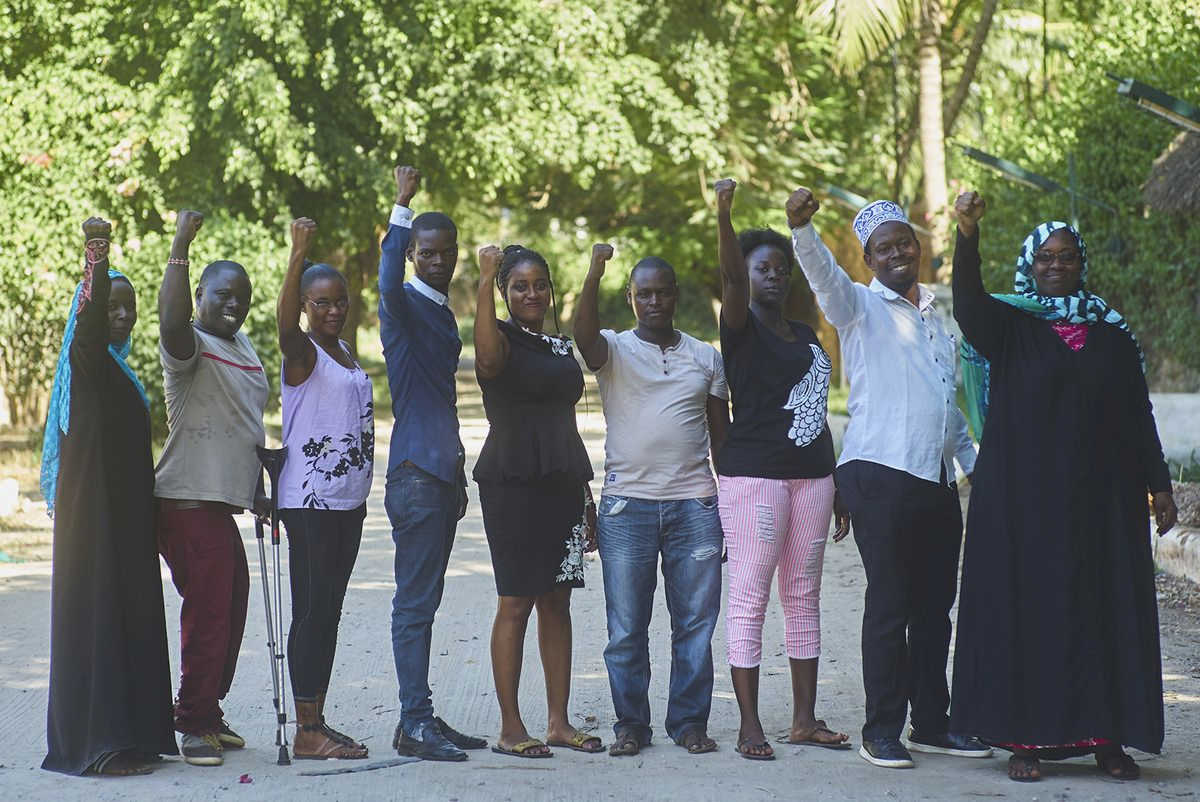
Another benefit of digital media is its ability to facilitate collaboration and networking among activists. Online platforms provide spaces for like-minded individuals and organizations to connect, share resources, and coordinate their efforts. This can lead to more effective and coordinated advocacy campaigns.
Furthermore, digital media allows activists to document and expose human rights abuses and social injustices. Through the use of videos, photos, and personal testimonies, activists can provide evidence and raise awareness about issues that may otherwise go unnoticed.
However, it is important to recognize that digital media also has its limitations. While it provides a platform for activists to amplify their voices, it can also be a double-edged sword. The fast-paced and often chaotic nature of social media can make it difficult for activists to control the narrative and counter misinformation.
Overall, activism through digital media has transformed the way civil society advocates engage with social and political issues. It has given a voice to marginalized communities and empowered individuals to create meaningful change. As technology continues to evolve, it is likely that digital media will continue to play a crucial role in grassroots activism.
Amplifying Voices of the Marginalized
In the realm of grassroots activism, one of the most important aspects is the ability to amplify the voices of the marginalized. These are individuals and communities who have historically been silenced or ignored, but through strong civil society advocates, their voices are given a platform. Through their work, these advocates raise awareness about the unique challenges faced by marginalized groups, and strive to create real and lasting change.
One way in which activists amplify the voices of the marginalized is by providing them with platforms to share their stories. This can be through community forums, online platforms, or public events. By sharing their lived experiences, the marginalized can shed light on the issues they face daily and highlight the impact of inequality and injustice.
Furthermore, civil society advocates often work to build partnerships with mainstream media outlets, ensuring that the stories and experiences of the marginalized are brought to the wider public. This helps to challenge dominant narratives and bring attention to the issues that often go unnoticed or underreported.
Additionally, grassroots activists frequently engage in advocacy and lobbying efforts to shape policies and legislation that directly impact marginalized communities. By working with policymakers and government officials, they can amplify the voices of the marginalized in decision-making processes. This can lead to the creation of more inclusive and equitable policies that address the specific needs of marginalized groups.
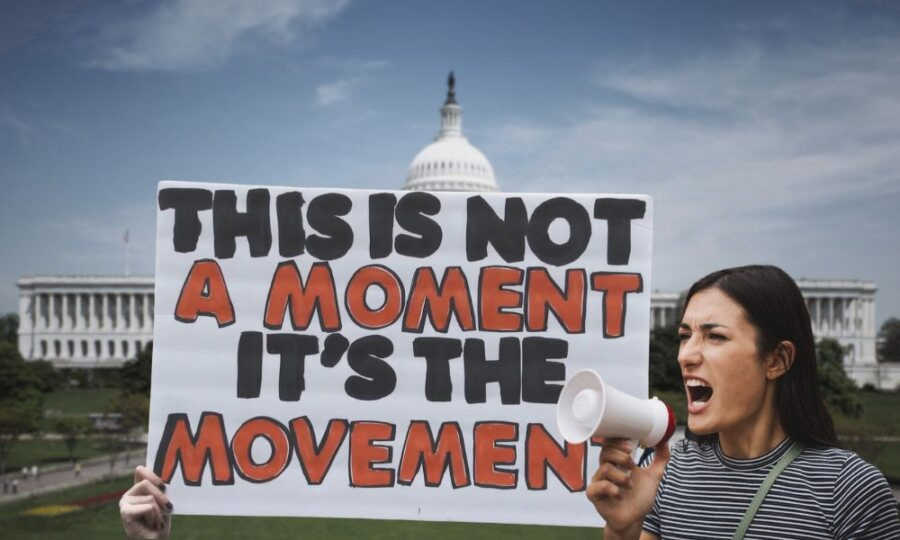
In conclusion, amplifying the voices of the marginalized is a crucial aspect of grassroots activism. By providing platforms for marginalized individuals and communities to share their stories, building partnerships with media outlets, and engaging in advocacy efforts, civil society advocates are able to bring attention to the unique challenges faced by marginalized groups and work towards a more equitable and just society.
Challenging the Status Quo
In the world of grassroots activism, challenging the status quo is a fundamental principle. Civil society advocates are driven by a desire to question and change the existing systems and structures that perpetuate injustice and inequality. They recognize that the status quo often favors the privileged few, while marginalizing and oppressing others.
These activists refuse to accept the limitations imposed by societal norms and traditional power structures. They see the potential for progress and transformation, and they are determined to challenge the status quo in pursuit of a more just and equitable society.
Through their tireless efforts, grassroots activists challenge the status quo by amplifying the voices of marginalized communities and advocating for their rights and needs. They bring attention to the injustices and inequalities that are often overlooked or ignored by those in power. These advocates use various methods such as protests, lobbying, and grassroots organizing to effect change and challenge the prevailing narratives.
By challenging the status quo, these activists inspire others to question and challenge the existing systems as well. They empower individuals to take action and make a difference in their communities. Grassroots activism has the power to disrupt the existing power dynamics, create awareness, and drive meaningful change.
Challenging the status quo is not an easy task. It requires resilience, perseverance, and a strong belief in the power of collective action. However, the stories and achievements of grassroots activists serve as a beacon of hope and inspiration for future change-makers.
From Protest to Policy: Making a Difference
Protest movements have long been an important driver of social change. When individuals come together to voice their grievances and demand action, it can have a powerful impact on policy-making processes.
Take, for example, the civil rights movement in the United States. Through protests, sit-ins, and marches, activists pushed for equality and an end to racial segregation. Their efforts eventually led to landmark legislation like the Civil Rights Act of 1964 and the Voting Rights Act of 1965, which have significantly improved the lives of millions of Americans.
Protests can also bring attention to important issues that might otherwise be ignored. In recent years, the youth-led movement for climate action has gained international recognition. By organizing strikes and demanding action from governments and corporations, young activists have managed to put climate change at the top of the global agenda.
But protesting alone is not enough. To truly make a difference, activists must also engage in policy-making processes. This means working with lawmakers, participating in public hearings, and advocating for specific policy changes.
One way to influence policy is through grassroots lobbying. By mobilizing supporters and connecting with elected officials, grassroots activists can effectively shape legislation. This might involve organizing letter-writing campaigns, meeting with representatives, or testifying in front of legislative committees.
Another important tool for turning protest into policy is strategic alliances and coalitions. By partnering with like-minded organizations and individuals, activists can amplify their voices and increase their chances of success. By pooling resources and sharing expertise, these alliances are able to tackle complex issues and exert significant influence on the policy-making process.
Ultimately, the goal of moving from protest to policy is to achieve lasting systemic change. By advocating for policy reforms, activists can ensure that their concerns are addressed and that their voices are heard. While protest is an important starting point, it is the policy changes that truly make a difference in people’s lives.
Empowering the Next Generation of Activists
Empowering the next generation of activists is crucial for the continued progress and success of grassroots activism. As experienced civil society advocates pass on their knowledge and expertise, they are also responsible for nurturing and inspiring the next wave of passionate individuals who will carry the torch forward.
One powerful way to empower the next generation of activists is through education. Providing young individuals with the skills and knowledge they need to effectively advocate for change is essential. This can be done through workshops, training sessions, and educational programs that teach important skills such as public speaking, community organizing, and policy analysis.
Another important aspect of empowering the next generation of activists is creating spaces for them to connect and collaborate. This can be done through the establishment of youth-led organizations or by integrating young activists into existing civil society groups. By providing opportunities for young individuals to work together and share ideas, they can learn from one another and build a strong network of support.
Mentorship is also key in empowering the next generation of activists. Experienced activists can serve as mentors to young individuals, offering guidance, advice, and support as they navigate the challenges of activism. This mentorship can take many forms, from one-on-one relationships to group mentorship programs where multiple individuals benefit from the wisdom of seasoned advocates.
Lastly, it is important to highlight and amplify the voices and accomplishments of young activists. By giving them a platform to share their stories and experiences, we can inspire others to get involved and make a difference. This can be done through social media campaigns, speaking engagements, and media coverage, ensuring that the impact of young activists is recognized and celebrated.
In conclusion, empowering the next generation of activists is essential for the continued growth and impact of grassroots activism. Through education, collaboration, mentorship, and amplification of their voices, we can inspire and support young individuals as they work towards creating a more just and equitable world.
Together We Can Change the World
Grassroots activism has the power to transform societies in a profound way. When ordinary people come together, united by a common goal, they can create real change and shape the world we live in. The collective effort of individuals from all walks of life can be a force to be reckoned with, as they are fueled by passion, conviction, and a shared vision for a better future.
Collaboration is key in any successful grassroots movement. By working together, advocates can pool their resources, knowledge, and skills, amplifying their impact. Through collaboration, individuals can tap into a diverse range of perspectives, leading to innovative ideas and approaches. Additionally, collaboration enables activists to leverage each other’s strengths and support one another, creating a network of like-minded individuals dedicated to making a difference.
Empowerment
Grassroots activism is ultimately about empowering individuals to be agents of change. It gives ordinary people the opportunity to make their voices heard, to stand up for their rights, and to fight for causes they believe in. Through grassroots efforts, people gain a sense of ownership and control over the issues that affect their lives. They become active participants in the democratic process, shaping policies and influencing decision-making at various levels.
Empowerment also extends beyond the sphere of activism. When individuals come together to campaign for a cause, they often discover their own capacity for leadership, advocacy, and community organizing. Grassroots activism can have a transformative effect on individuals themselves, instilling a sense of purpose and inspiring them to continue their efforts to bring about positive change.
Impact
The power of grassroots activism lies in its ability to create tangible, long-lasting impact. By mobilizing communities and raising awareness about pressing issues, grassroots advocates can prompt policymakers, institutions, and society as a whole to take action. Grassroots movements have been instrumental in advancing civil rights, promoting environmental sustainability, and addressing social inequalities. They have the potential to influence policy debates, shift public opinion, and bring about systemic change.
The impact of a grassroots movement can also extend far beyond the specific issue at hand. By rallying around a cause, activists can inspire and empower others, fostering a sense of community and collective action. Grassroots activism has the power to create a ripple effect, sparking a chain reaction of positive change that can extend to other areas and inspire future generations of advocates.
In conclusion, when individuals come together and harness the power of grassroots activism, they can truly change the world. By collaborating, empowering each other, and creating meaningful impact, grassroots advocates shape the course of history and pave the way for a brighter future. Together, we can make a difference, and together, we can change the world.
